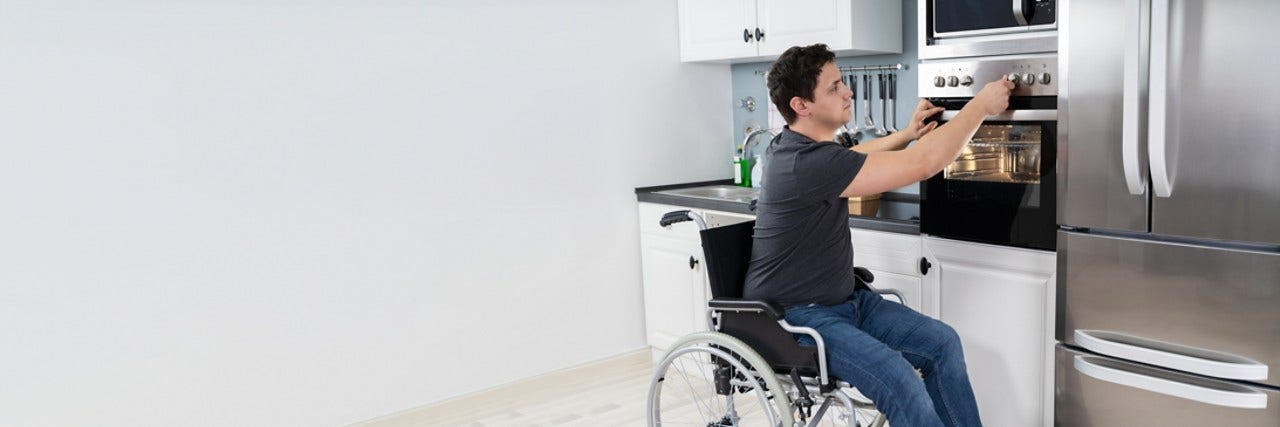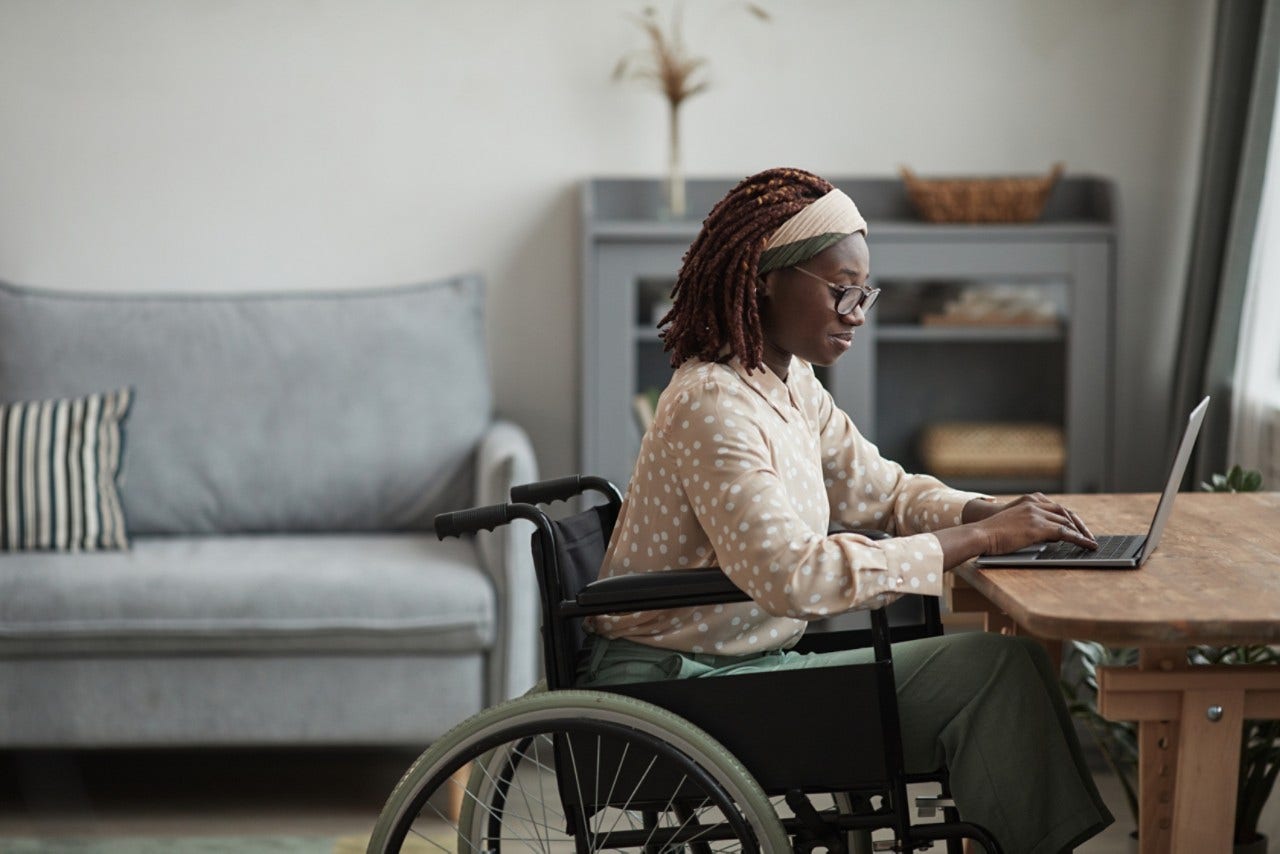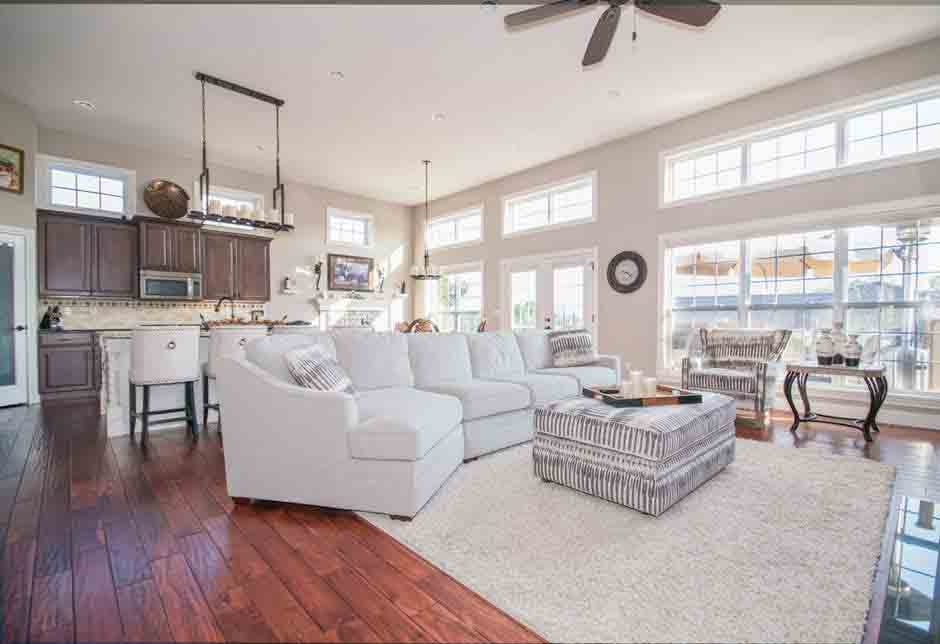
Tips for Caregivers on Finding Accessible Housing
Affordability and availability are two of the biggest problems facing caregivers who are looking for homes that are accessible for a child or adult with physical disabilities. Families who struggle to find accessible, move in-ready homes often must settle for a home that requires modifications. Accessibility in housing can be an extremely expensive proposition if you’re unable to find financial assistance or a government program to help defray the cost. Online resources for finding accessible homes are scant, though there are a few that allow you to do targeted searching based on specific criteria.
Features of an Accessible Home
An accessible home is one that covers a wide range of requirements - including specific features and/or technologies to help accommodate people with physical disabilities. These accommodations might include kitchen counters and sinks that sit low enough to be accessible for an individual in a wheelchair, widened doorways (at least 32 inches across, according to the Americans with Disabilities Act, or ADA), roll-under stoves, or wheel-in showers and electrical outlets that are high enough for ready access. For an individual with limited mobility, stairs must be replaced by a ramp, a feature that can be quite difficult to find or afford.
Some houses may feature a few of these accessibility and safety features, but not all, making it necessary to complete the work by paying a contractor to make needed modifications (or doing them yourself). Finding a fully accessible home is often just the first hurdle because they can be very expensive, whether you’re buying or renting.
Government Programs for Accessible Housing
There are several programs administered by The Department of Housing and Urban Development (HUD) that are aimed at making housing more affordable and accessible for Americans living with mobility challenges. Section 811 is dedicated to helping afford handicap accessible housing for very low-income, non-elderly individuals with significant disabilities. Under Section 811, renters pay 30 percent of their adjusted income. HUD’s Section 8 Housing Choice Voucher program also helps very low-income families, people with disabilities, and the elderly to afford housing in the private market. Those who participate in Section 8 find their own housing but also only pay 30 percent of their income.
Resources for Residents with Disabilities
Well-informed real estate agents who have experience working with disabled individuals often are the best (and sometimes the only) resource for families looking for accessible housing. However, there are a few websites offering detailed information about houses with the right accessibility features. Barrier Free Home is a searchable site with detailed information about accessible housing throughout the United States. Listings feature basic details such as square footage, number of bedrooms, garage space, etc., as well as information specific to accessibility. HUD also offers online resources for people seeking accessible housing.
Making the Move to Your Accessible Home
Once you’ve decided on your next home, it’s time to find the right company to handle your move. This can require spending time online doing research; reading customer reviews, investigating a moving company and its complaint history, verifying its certifications and insurance, and getting quotes before you can even make a selection. A reputable company should take inventory of all your belongings and conduct a walk-through of your home to get an idea of how much you’re moving and provide a cost estimate.
If you or a family member have special needs, finding accessible housing can take time and patience. Becoming familiar with your rights and available resources can help you find properties that address your needs and make it easier for the entire family to live comfortably.




